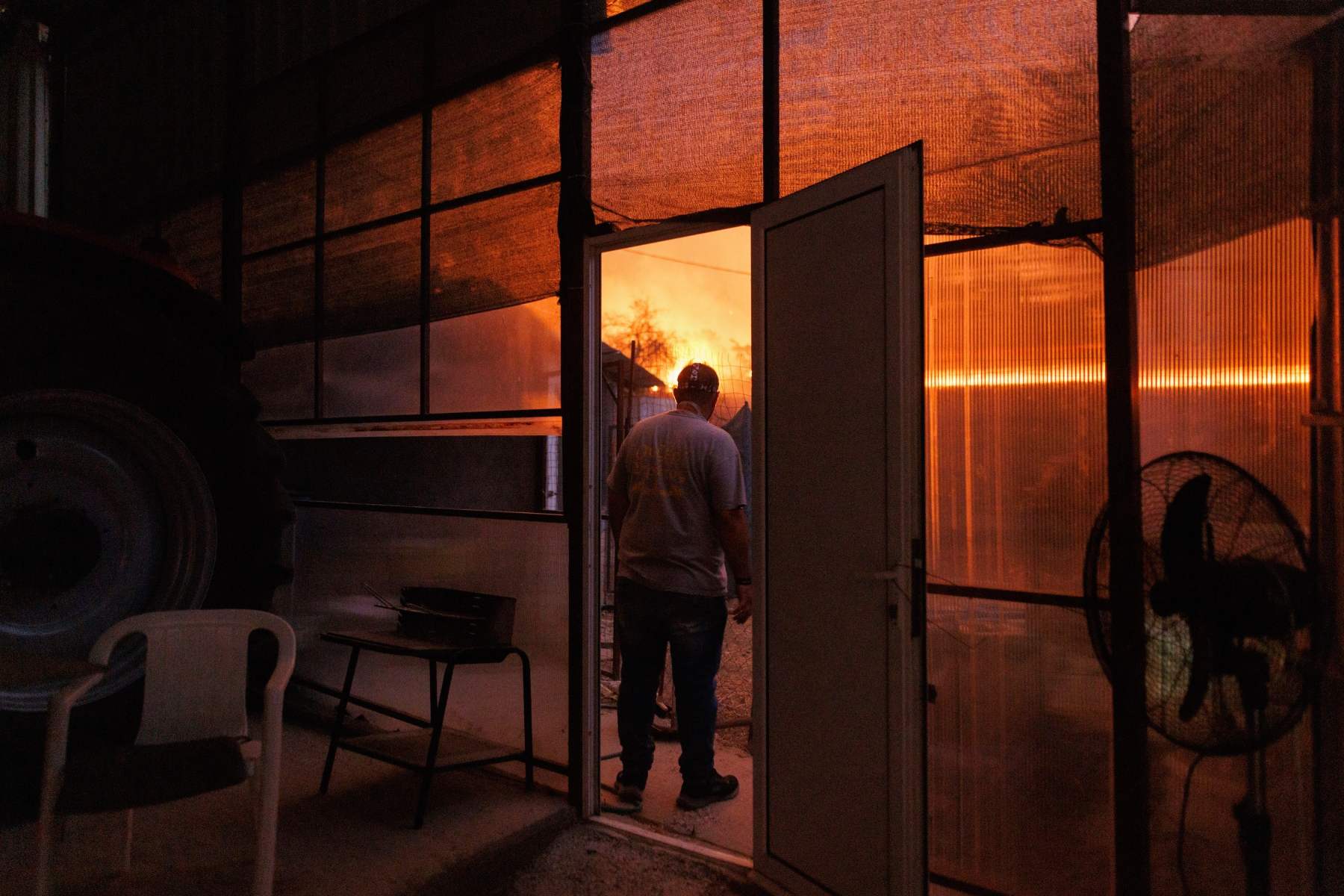Roses are a big part of my garden as I have five of them, ranging in different colours and varieties. After pruning my roses last week, there was just one essential task left for me to do, apart from watering - adding fertiliser . While roses will flower without feeding them, to get bigger and better blooms, fertiliser is a must.
Speaking exclusively to Liam Beddall, gardening expert and senior rose consultant at David Austin Roses , he said: “Feeding your roses will encourage strong, healthy growth and abundant flowering. It’s a relatively quick and simple task, yet it is one of the most beneficial jobs you can do to ensure that your roses are at their most healthy and floriferous when summer arrives.” Liam went on to explain that roses are heavy feeders, meaning they require a lot of nutrients to grow strong and produce abundant blooms.

He said: “Fertiliser provides essential nutrients like nitrogen, which promotes healthy green growth and overall plant vigour, phosphorus, which encourages root development and blooming and potassium, which helps the plant fight off diseases.” To feed my roses, I use the David Austin Controlled Release Rose Food which retails for £8.50 from their website .
The advanced formula of this fertiliser means you only need to feed your rose “once a year to encourage strong, healthy growth and abundant flowering”. It releases nutrients at the optimum time by using soil temperature and moisture levels to understand your rose’s needs, making sure there is no wastage.” Alternatively, there are other rose fertilisers on the market.
Gardeners can pick up the Vitax Organic Rose Feed for £5.59 from Amazon , which works similarly. Customers say it gives roses a good start and encourages the plant to produce plenty of buds and flowers.
For another option, gardeners can pick up the Toprose Rose & Shrub Feed from Toolstation for £4.19 , which has received five-star reviews. Before applying the fertiliser around my roses, I popped on my gardening gloves and used a hand fork to remove weeds , old leaves and other debris from the base.
I then sprinkled approximately 30g of the David Austin Rose Food around the base using the measuring scoop provided. As this is a shrub rose I applied 30g, but for climbing or rambling roses, apply 60g. After applying the fertiliser, I made sure to mulch the area.
Mulching is the addition of a protective layer around the base of your roses. I did this by using garden compost that consists of kitchen scraps and garden waste. The main benefit of mulching is that it helps roses retain moisture, suppresses weeds and provides valuable nutrients for the flower as it grows.
As the last step of this five-minute task, I watered as close to the base of the rose as I could. When the water started to flow away from the base, I stopped for a moment to allow the water to soak in before continuing..
Environment

I make my roses grow bigger and better blooms every year with easy 5-minute task in April

To ensure the roses in my garden bloom in summer, there's one vital gardening job I had to do before the end of April - and it took no time at all.















